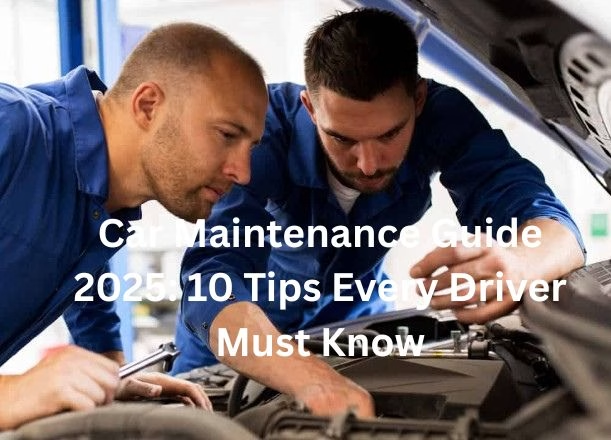Car Maintenance Guide 2025: 10 Tips Every Driver Must Know
Discover 10 expert car maintenance tips for 2025, real-life cases, and crucial battery, alternator, and tire care for reliable driving worldwide.
A car isn’t just transportation—it’s an investment, a lifeline for commuting, and for many, a tool for earning income. In 2025, vehicles have become more advanced, packed with electronics, sensors, and smart technology. But here’s the truth: the fundamentals of car maintenance remain the same.
Ignoring routine checks can cost thousands in repairs, shorten your car’s life, and put you at risk of roadside breakdowns.
On the other hand, a disciplined maintenance schedule saves money, maximizes safety, and gives peace of mind wherever you drive.
This guide outlines 10 crucial car maintenance habits, each explained with real-life case studies, expert tips, and both DIY and professional approaches. Along the way, we’ll link to detailed resources—like alternator diagnostics and battery maintenance schedules—so you can dive deeper.
Let’s hit the road.
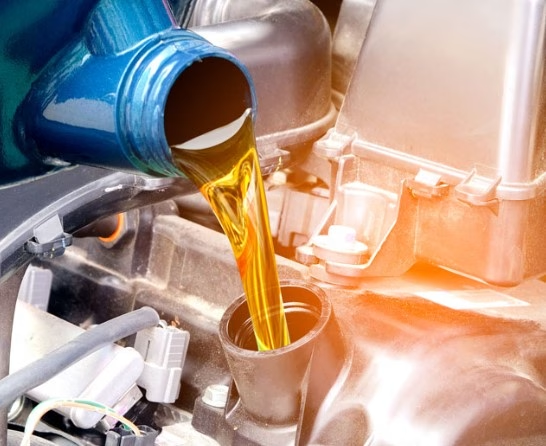
1. Regular Oil Changes: The Lifeblood of Your Engine
Oil lubricates moving engine parts, prevents overheating, and reduces wear. Neglecting oil changes causes sludge buildup, reduced efficiency, and eventual engine failure.
- Recommended interval: Every 5,000–10,000 miles depending on oil type and manufacturer guidelines (AAA).
- Pro tip: Always replace the oil filter with each change.
Case Study
In Lagos, a driver skipped oil changes for nearly 18 months. The result? Complete engine seizure on the Third Mainland Bridge. Repair costs exceeded $1,500—a disaster that a $50 oil change could have prevented.
Don’t gamble with your engine. Schedule your oil change today before a cheap habit becomes an expensive nightmare.
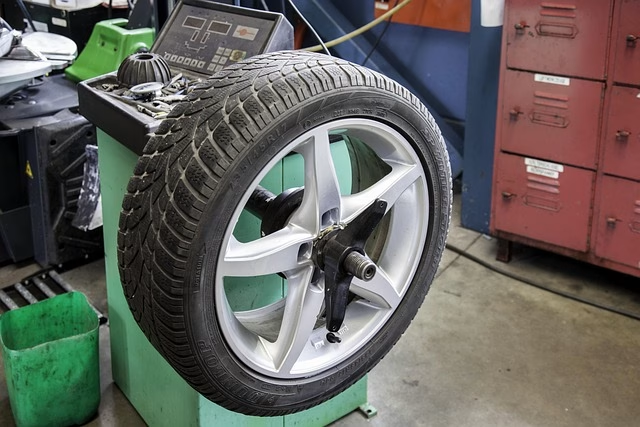
2. Tire Pressure & Tread Checks: Your Safety Foundation
Your tires are the only contact between your car and the road. Under-inflated tires reduce grip, wear unevenly, and increase blowout risks.
- Check tire pressure monthly with a reliable gauge (NHTSA guide).
- Rotate tires every 6,000–8,000 miles for even wear.
- Tread depth: Replace tires when tread is below 2/32 inch.
Case Study
A family driving to Abuja experienced a blowout due to worn tread and low pressure. After switching to routine checks, they’ve avoided further accidents.
Always check pressure before long trips. It takes 5 minutes, but it can save lives.
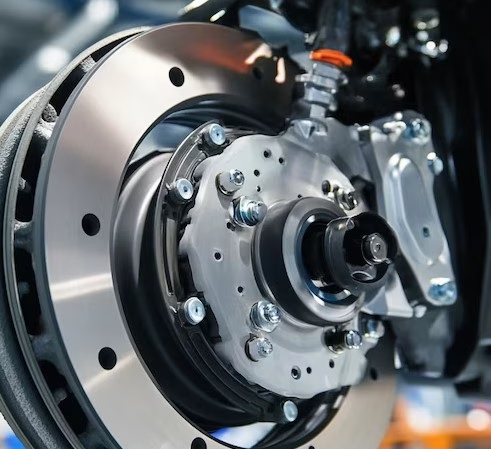
3. Brake System Inspections: Stop Problems Before They Start
Brakes are your first line of defense. Worn pads, low fluid, or damaged rotors can mean the difference between a safe stop and a collision.
- Replace brake pads every 25,000–50,000 miles (Car and Driver brake guide).
- Inspect brake fluid every 3 months.
- Listen for squeals, grinding, or spongy pedals.
Case Study
In Port Harcourt, a rideshare driver ignored squealing brakes until inspection revealed dangerously thin pads. Timely replacement likely prevented a major collision.
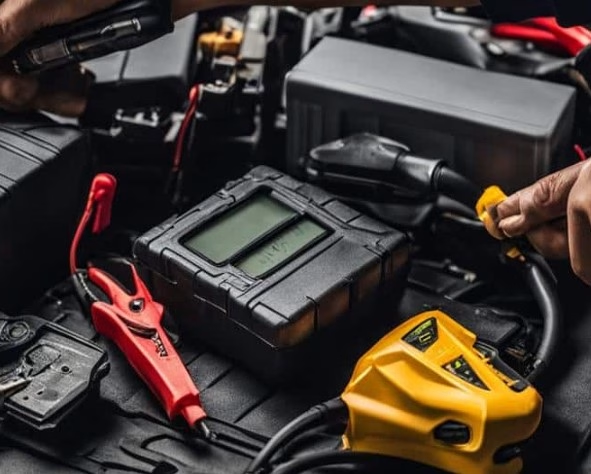
4. Battery Care, Terminals, and Maintenance Scheduling
Batteries power everything in modern cars—from ignition to infotainment. Weak or corroded batteries are a top cause of starting failures.
- Clean terminals monthly with baking soda and a brush (Firestone tips).
- Test battery health during each service.
- Follow a battery maintenance schedule tailored for your climate.
Case Study
A Nairobi tech sales rep dealt with repeated no-starts. After learning to clean terminals and test regularly, reliability improved dramatically.
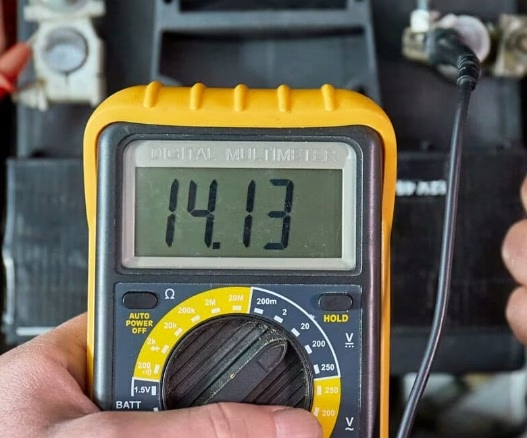
5. Alternator Diagnostics and Electrical Health
Your alternator charges the battery and powers electronics. A failing alternator can leave you stranded with a dead battery.
- Warning signs: dim lights, slow power windows, whining under the hood.
- Test with a multimeter: 13.5–14.5 volts indicates healthy output.
- Learn more from our alternator diagnostic guide.
Case Study
A Johannesburg business traveler noticed flickering dashboard lights. Early diagnosis revealed a failing alternator—replaced before it caused a highway breakdown.
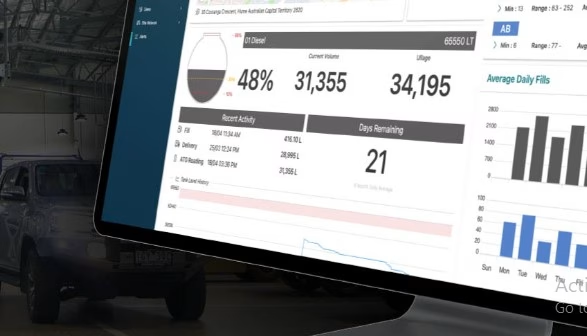
6. Fluid Level Monitoring: Keep Operations Slick
Your car relies on multiple fluids—coolant, brake, transmission, and windshield washer. Low or dirty fluids harm components and reduce efficiency.
- Inspect weekly for leaks under the vehicle.
- Top up as needed, flush systems per manufacturer schedule.
Case Study
In Dubai’s scorching summer, a neglected coolant system led to overheating and expensive engine repairs. Weekly checks now keep the car running smoothly.
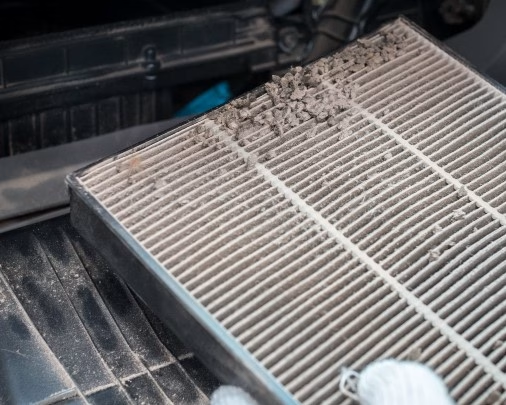
7. Air & Cabin Filter Changes
Filters protect your engine and your health.
- Change engine air filter every 12,000–15,000 miles.
- Replace cabin filter annually (or more often in dusty climates).
Case Study
Accra taxi drivers reported foul odors and passenger allergies. Replacing filters solved both issues—boosting customer satisfaction.
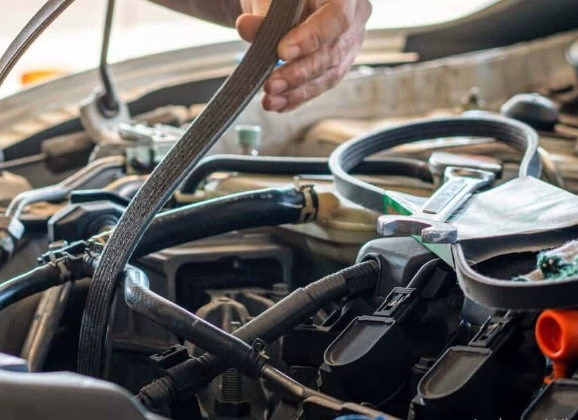
8. Belts & Hoses: The Backbone of Your Engine
Cracked belts or leaking hoses can immobilize your vehicle.
- Inspect serpentine and timing belts for wear.
- Replace hoses showing bulges, cracks, or leaks.
Case Study
A delivery van in Cairo broke down after a neglected hose burst. Preventive replacement could have avoided days of lost income.
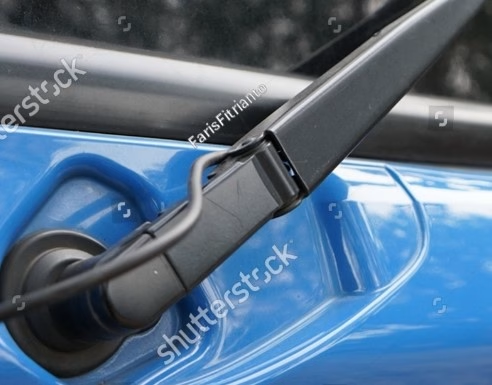
9. Lights & Wipers: See and Be Seen
Visibility is non-negotiable.
- Inspect headlights, brake lights, and indicators monthly.
- Replace wiper blades every 6–12 months.
Case Study
In Singapore, a driver ignored worn wipers. A sudden downpour turned the commute into a blind hazard. After replacement, visibility improved drastically.
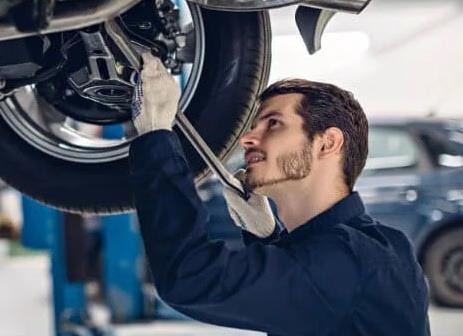
10. Scheduled Servicing by Professionals
DIY checks are valuable, but professionals spot hidden issues.
- Follow manufacturer’s recommended service intervals.
- Choose certified mechanics with diagnostic equipment.
Case Study
A London executive stuck to professional servicing religiously. Over 10 years, their sedan never suffered a roadside breakdown.
Comparison Table: DIY vs Professional Maintenance
| Task | DIY Feasible? | Professional Recommended? |
|---|---|---|
| Oil change | Yes | Optional (for precision) |
| Tire pressure check | Yes | No |
| Brake pad replacement | Risky | Yes |
| Alternator diagnostics | Limited | Yes |
| Battery terminal cleaning | Yes | No |
| Belt & hose inspection | Basic only | Yes |
Practical Maintenance Checklist
Check oil & fluids monthly
Inspect tires weekly
Clean battery terminals every 3 months
Change filters & wipers seasonally
Book professional service twice a year
FAQs
1. What’s the #1 cause of car breakdowns?
Battery and alternator issues are the leading culprits worldwide. See our complete alternator guide.
2. How often should I replace my tires?
Typically every 6 years or 25,000–50,000 miles, but check tread depth regularly.
3. Can I clean battery terminals myself?
Yes, using baking soda, water, and a brush. See our DIY terminal cleaning guide.
4. Do electric cars need oil changes?
No engine oil, but EVs still need brake fluid, tires, cabin filters, and battery cooling maintenance.
5. Is professional servicing worth it?
Absolutely—trained technicians use diagnostic tools to catch issues you might miss.
Maintenance Saves Lives, Money, and Time
Car maintenance is more than routine—it’s a survival strategy for 2025 drivers. By following these 10 essential tips, you’ll avoid breakdowns, save thousands in repairs, and ensure your vehicle performs reliably.
Remember: oil changes, tire checks, brake inspections, battery and alternator care are non-negotiable.
Take action today:
Read our alternator diagnostic guide.
Follow the battery maintenance schedule.
Explore how to build an emergency fund to cover unexpected car expenses.
Stay proactive, stay safe, and drive confidently into 2025 and beyond.
